Adapting to the Inevitable: The Global Goal on Adaptation and the Urgency of Action
The 2015 Paris Agreement established the Global Goal on Adaptation to enhance adaptive capacity, strengthen resilience, and reduce vulnerability to climate change. At COP27, Parties decided to develop a framework for Global Goal on Adaptation, which they subsequently adopted under the United Arab Emirates Consensus at COP28 in Dubai. This blog explains why the Global Goal on Adaptation and its framework are crucial to combating climate change.
F rom the devastating droughts plaguing East Africa to the relentless floods sweeping through Asia, and the ferocious hurricanes battering the Caribbean, the urgent need to address climate change has become glaringly apparent. Despite our efforts, we are falling short of meeting mitigation targets. Even the most rigorous mitigation endeavors cannot entirely avert the impending impacts of climate change in the coming decades. This stark reality underscores the inevitability of climate adaptation.
What is the Global Goal on Adaptation?
Prior to the adoption of the Paris Agreement in 2015, recognizing that climate adaptation required global effort posed a significant challenge, particularly because of the local and context-specific nature of adaptation interventions. However, during the Paris negotiations, a pivotal decision was made to acknowledge adaptation as a shared challenge. It was established that adaptation is integral to the long-term global response to climate change.
Consequently, the Global Goal on Adaptation was introduced to enhance adaptive capacity, strengthen resilience, and reduce vulnerability to climate change. The aim was to contribute to sustainable development while ensuring an adequate adaptation response in the context of the goal to pursue efforts to limit global temperature increase to 1.5ºC above pre-industrial levels.
The Global Goal on Adaptation is facilitating climate adaptation actions that are timely, scalable, and tailored to specific contexts. Recognizing that countries face varying degrees of climate change impacts and vulnerabilities, the Global Goal on Adaptation emphasizes solutions that account for local nuances and the unique needs of vulnerable populations.
Translating the Global Goal on Adaptation into a tangible target proved challenging until 2021, when parties initiated a two-year Glasgow-Sharm el-Sheikh work program at the 26th global climate summit (COP26). At COP27, Parties decided to develop a framework for Global Goal on Adaptation, which they subsequently adopted under the United Arab Emirates (UAE) Consensus at COP28 in Dubai.
What is the Global Goal on Adaptation framework?
A cornerstone of the Global Goal on Adaptation framework lies in identifying key targets critical for climate adaptation. These include the following:
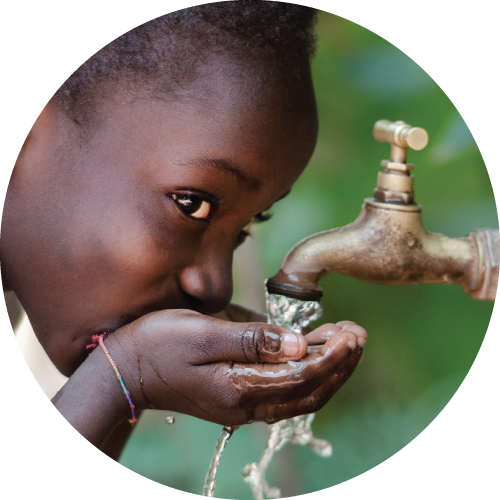
Water management
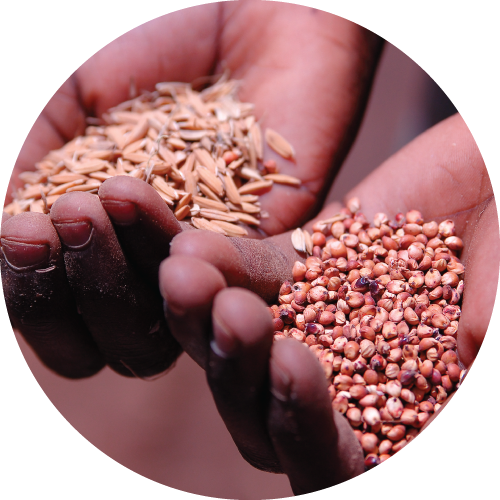
Food security
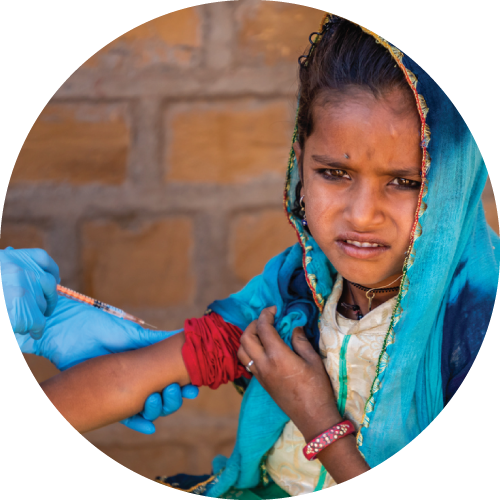
Health

Infrastructure development
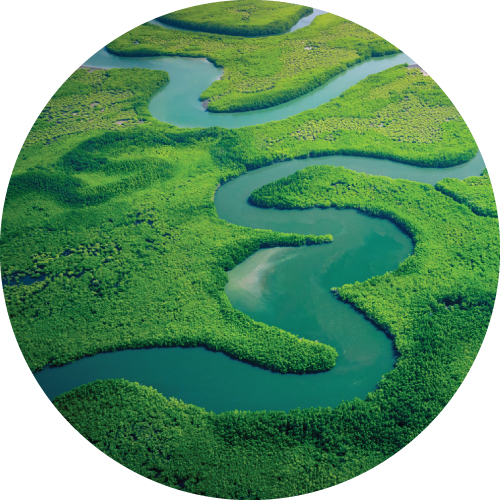
Ecosystem conservation
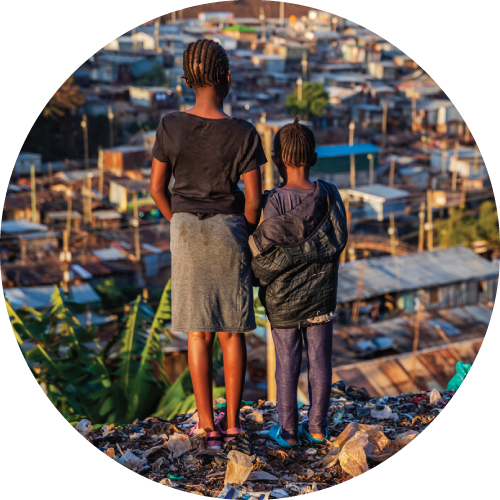
Poverty alleviation

Preservation of cultural heritage
This approach ensures that all relevant aspects are comprehensively considered when formulating and implementing climate adaptation strategies. Importantly, the sectors identified in the Global Goal on Adaptation are closely linked with the United Nations Sustainable Development Goals (SDGs), highlighting the interconnected nature of climate adaptation efforts with broader sustainable development objectives. This alignment underscores the importance of integrating adaptation measures into broader development agendas to achieve holistic and sustainable outcomes.
Furthermore, the Global Goal on Adaptation framework integrates four fundamental dimensions essential for effective climate adaptation communication. They are:
- Risk assessment
- Strategic planning
- Implementation of adaptation measures
- Robust monitoring, reporting, and verification mechanisms.
These dimensions are instrumental in tracking progress, evaluating the effectiveness of climate adaptation initiatives, and upholding accountability in climate action efforts. The UAE Framework for Global Climate Resilience has also initiated a two-year UAE–Belém work programme aimed at developing indicators to measure advancements towards the targets established by the Global Goal on Adaptation framework, culminating at COP 30 in Belem, Brazil.
While there have been significant steps made towards enhancing global resilience to the impacts of climate change, there are still clear gaps in ambition and implementation that need to be addressed. This is especially so in the context of the looming 1.5ºC target set by the Paris Agreement. Additionally, the climate adaptation finance gap remains a pressing issue, with current levels of climate finance falling far short of what is needed to support developing countries in their adaptation efforts.
The 2023 United Nations Environment Programmes Adaptation Gap Report shows that the climate adaptation finance gap is widening and now stands at between US$194 billion and US$366 billion per year. This represents a significant challenge as adaptation finance needs are 10–18 times as great as current international public adaptation finance flows – at least 50% higher than previously estimated.
What comes next for adaptation?
The Global Stocktake Outcome was clear: all countries must urgently scale up adaptation action. Developed nations are particularly obligated to mobilize resources to support developing countries’ adaptation efforts.
As we approach COP29 in Baku, Azerbaijan, in November 2024, where crucial decisions regarding the New Collective Quantified Goal for climate finance will be made, it is paramount that we place a heightened focus on prioritizing adaptation. With the escalating impacts of climate change affecting communities worldwide, ensuring adequate resources and attention for adaptation efforts is imperative.
Furthermore, the urgency of doubling climate adaptation finance targets cannot be emphasized enough. Failure to prioritize adaptation finance risks will exacerbate the already adverse impacts of climate change on the most vulnerable communities. This will hinder progress toward achieving global climate goals.
By collaborating with different stakeholders and championing creative solutions, the Global Center on Adaptation (GCA) is advancing progress towards building resilience. The Africa Adaptation Acceleration Program (AAAP),jointly led by the African Development Bank and GCA,is mobilizing $25 billion to accelerate climate change adaptation actions across Africa by 2025. Operating through four interconnected pillars, which align closely with the key sectors of the GGA, the AAAP has helped shape over $8 billion in investments. This will build climate resilience for nearly 60 million climate vulnerable people in 35 countries and generate over 700,000 jobs.
GCA plays a vital role in supporting climate adaptation action at the grassroots level through its work on Locally Led Adaptation. As a solutions broker and facilitator, GCA brings together local organizations for peer-to-peer and South-South learning. The Center also links locally led planning efforts with potential funding from projects planned by international financial institutions and international development partners.
Ultimately, the Global Goal on Adaptation and its framework are crucial to combating climate change. Emphasizing climate adaptation efforts allows countries to enhance protection for their populations and ecosystems against the effects of a changing climate. This secures a more sustainable future for everyone.
Warning: Undefined variable $selectorClass in /var/www/staging/wp-content/themes/gca/src/Blocks/custom/contact-info/contact-info.php on line 17

Selamawit Wubet is the Global Lead, Climate Diplomacy at the Global Center on Adaptation.